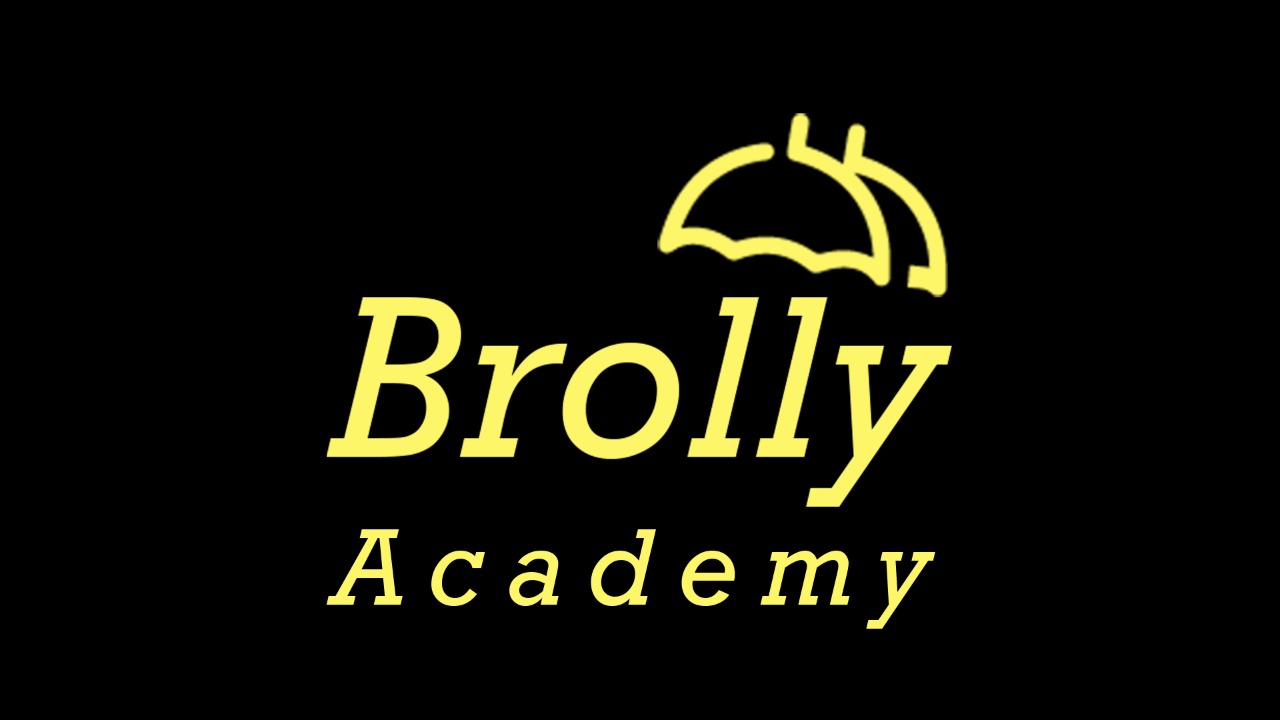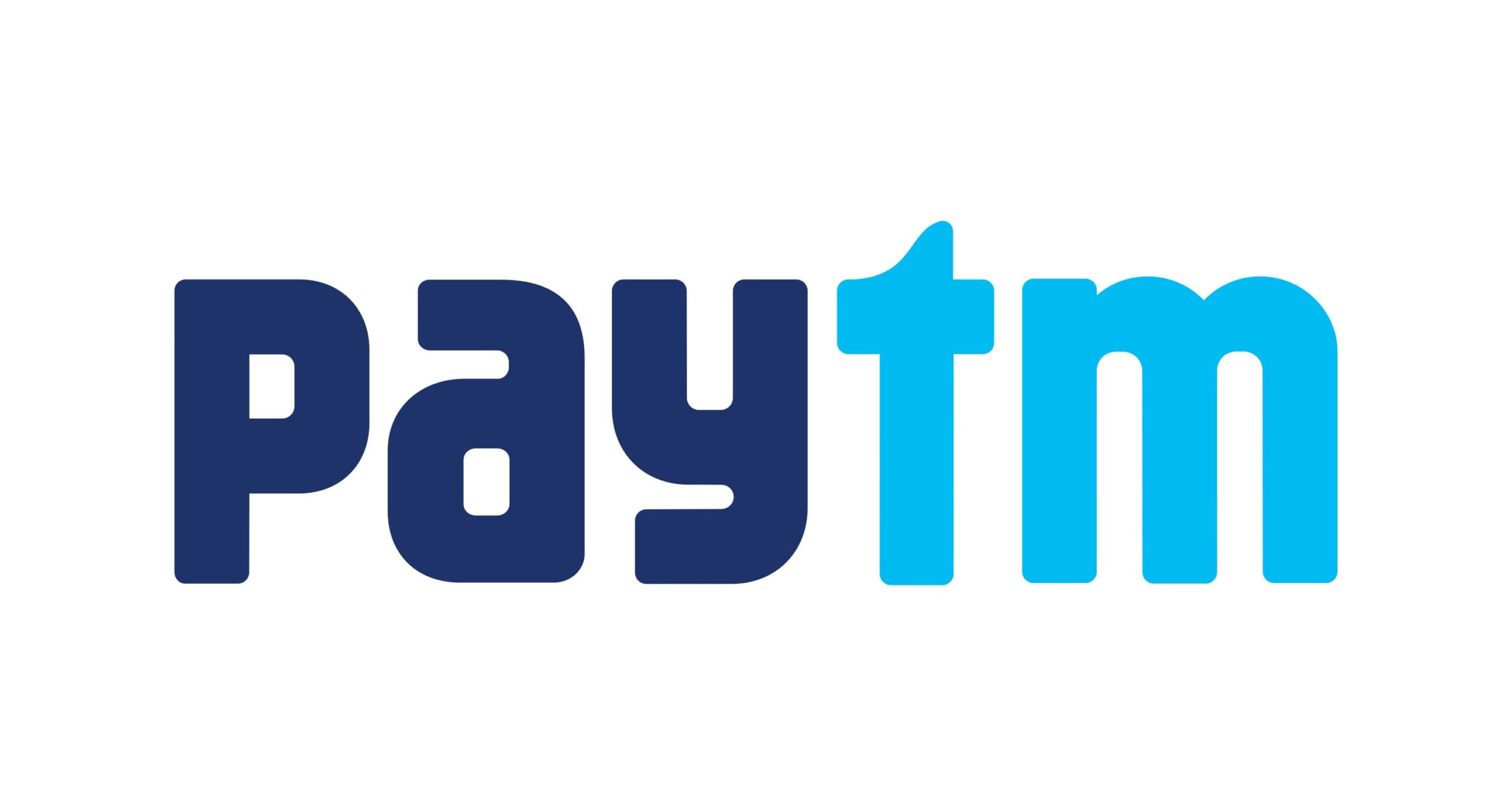SailPoint Interview Questions
100+ Interview Questions for Freshers 1 -2 Experienced Candidates
SailPoint Interview Questions and Answers

1. Define a Governance Platform ?
A Governance Platform entails the centralization of identity data, roles, business policies, and risk modeling to support compliance initiatives and the user lifecycle.
2. Explain the Compliance Manager ?
The Compliance Manager streamlines compliance controls, enhancing audit performance through automated access certifications and policy enforcement.
3. How can Identity Management be Extended from the Data Center to the Cloud?
IdentityIQ facilitates the seamless integration of cloud-based applications into existing identity management programs without disrupting business users or processes. This ensures a consistent user experience for identity business processes, such as access requests, account provisioning, password management, and user access certification, across all IT resources, regardless of application hosting.
IdentityIQ comprises two components working together to extend compliance and provisioning activities to cloud-based applications:
- SaaS Connectors: Seamlessly integrating user access data from SaaS applications like Google Apps and Salesforce CRM into IdentityIQ to manage access certification, policy enforcement, access requests, and provisioning processes.
- Cloud Identity Bridge: Extending identity governance and provisioning into public and private cloud environments, establishing a secure link between IdentityIQ and cloud-based resources.
4. Define Identity Intelligence?
Identity Intelligence involves transforming scattered technical identity data across multiple enterprise systems into centralized, easily understood, and business-relevant information, including dashboards, reports, and advanced analytics.
5. Define Audit Configuration?
The Audit Configuration page is utilized to define the actions collected for audit logs. Given that the collection of event information and its storage in audit logs can impact performance, it is imperative for a system administrator to specify the actions subject to auditing. Before any data is gathered by the audit logs for use in an audit search, IdentityIQ must undergo configuration for auditing.
- The Audit Configuration page encompasses various types of actions, including:
- General Actions: Representing typical actions performed within IdentityIQ, such as running tasks and signing off on certifications.
- Link Attribute Changes: Documenting modifications to any assigned link attributes.
- Identity Attribute Changes: Capturing alterations to assigned roles, capabilities, authorized scopes, controlled scopes, and password changes. This list may also encompass extended identity attributes.
- Class Actions: Recording actions taken on the underlying classes that configure how IdentityIQ operates. Examples include editing a role, creating a policy, and specifying default email templates.
6. Explain the Identity Warehouse?
The Identity Warehouse serves as the central repository at the heart of the Governance Platform, housing identity and access data across all enterprise IT applications in both the data center and the cloud. Populated by importing user data from authoritative sources, such as HRMS, and user account and entitlement data from various business applications, databases, platforms, and systems, the warehouse is designed for scalability. It rapidly imports access data from numerous applications and users, utilizing out-of-the-box connectors or flat files.
7. Define a Role Modeler in IdentityIQ?
IdentityIQ automates the creation, enforcement, and verification of role-based access across enterprise applications. Organizations can efficiently define roles tailored to their environment using IdentityIQ’s adaptive role model. More significantly, IdentityIQ empowers organizations to establish roles that enforce “least-privilege” access while managing role proliferation. Facilitating a swift integration of top-down, business-oriented role modeling and bottom-up IT role mining, IdentityIQ encourages cross-functional participation in the role-modeling process, making it easy for both business and technical users to create roles aligning with the organization’s business and IT needs.
8. Why Choose SailPoint for Innovations in Identity Management? ?
SailPoint stands out by offering a distinctive blend of strengths to tackle every aspect of the emerging challenges in identity management. With innovative and industry-proven technology, a robust legacy in identity and access management, and an unwavering focus on identity governance, SailPoint is exceptionally well-positioned to assist organizations in running successful identity management programs, featuring the following industry innovations:
Risk-based approach: SailPoint is the exclusive provider offering 360° visibility into identity and access data. It applies a risk model that facilitates the swift identification of specific business risks before they pose a threat to security or compliance.
Unified architecture: SailPoint holds a unique position as the only identity provider that has constructed an identity governance and provisioning solution from the ground up. This ensures the delivery of all the capabilities organizations need to address contemporary requirements in risk, compliance, and lifecycle management.
Flexible last-mile provisioning approach: IdentityIQ seamlessly integrates with existing identity technologies, tools, and processes, allowing customers to dictate how changes are implemented across resources within the organization.
High performance and scalability: SailPoint not only meets but exceeds the performance and scalability requirements of some of the world’s largest customers. IdentityIQ is designed for horizontal, vertical, and functional scalability, enabling SailPoint to effectively manage extensive user bases, numerous applications, and millions of entitlements.
Centralized governance across datacenter and cloud environments: IdentityIQ is purposefully crafted to manage access to all data, applications, and resources across the organization, ensuring centralized governance from the datacenter to the cloud.
9. Explain the Provisioning Integration Modules?
Recognizing the significant investments organizations have in legacy provisioning systems, SailPoint offers Provisioning Integration Modules (PIMs). These modules allow IdentityIQ to leverage existing connectivity through alternative provisioning systems, connecting to enterprise resources and pulling user account data into its Identity Warehouse. IdentityIQ can also be configured to push changes resulting from day-to-day identity business processes to the provisioning solution, implementing account changes in target IT systems. SailPoint provides PIMs for various legacy user provisioning solutions, including BMC Identity Manager, IBM Tivoli Identity Manager, Novell Identity Manager, Oracle Identity Manager, and Sun Identity Manager (Oracle Waveset).
10. Define the Lifecycle Manager in IdentityIQ?
IdentityIQ Lifecycle Manager provides a business-oriented solution for securely and cost-effectively delivering access through self-service access requests and automated provisioning.
11. Explain how to Create a Service Account Using Simple Mapping?
In this illustration, if IdentityIQ identifies an attribute named “Service” with a value of true on the DB Application, it is designated as a service account. The database connector has already supplied an attribute value to indicate the service state, necessitating a straightforward mapping.
Note: Following the configuration of these attributes, it is essential to aggregate or refresh the identity cubes to establish the values.
To set up the mapping:
1) Navigate to the Account Attributes page.
Access the System Setup tab, then choose Account Mappings from the table.
2) Click “Add New Attribute” to open the Edit Account Attribute page.
3) Specify the following values:
- Attribute Name: service
- Display Name: Service Account
- Edit Mode: Read Only
- Attribute Type: boolean
- Searchable: Read Only
- Multi-Valued: This is not a multi-valued attribute, so do not select this field.
4) Click “Add Source Mapping” to open the “Add a source to the attribute” dialog.
5) Map the attribute:
- Select Application Attribute.
- Choose DB Application from the Application drop-down list.
- Choose Service from the Attribute drop-down list.
6) Click “Add.”
12. How to Add or Modify Extended Attributes?
- Click on “New Attribute” or select an existing attribute to access the Edit Extended Attribute page.
- Input or modify the attribute name and provide an easily understandable display name.
Note: It is not possible to define an extended attribute with the same name as an application attribute provided by a connector.
Note: If an extended attribute shares the same name as an application attribute, the value of the extended attribute will overwrite the value of the connector attribute.
- Choose the attribute type from the drop-down list: String, Integer, Boolean, Date, Rule, or Identity.
- Optionally, include a description for the additional attribute.
- Optionally, assign a category to the attribute.
- Optionally, activate the “Searchable” checkbox to enable searching for this attribute throughout the product.
- Optionally, activate the “Editable” checkbox to allow editing of this attribute from other pages within the product.
- Optionally, mark the attribute as required, applicable only for string-type attributes.
- Optionally, specify allowed values for the attribute, relevant only for string-type attributes.
- Optionally, define a default value.
- Click on the “Save” button to preserve your modifications and navigate back to the Edit Application Configuration page.
13. How to Add or Modify Extended Entitlement Attributes?
- Select “New Attribute” or click on an existing attribute to open the Edit Extended Attribute page.
- Input or modify the attribute name and provide an intuitive display name.Note: Defining an extended attribute with the same name as an application attribute provided by a connector is not allowed.
- Choose the attribute type from the drop-down list: String, Integer, Boolean, Date, Rule, or Identity.
- Optionally, include a description for the additional attribute.
- Optionally, assign a category to the attribute.
- Optionally, activate the “Searchable” checkbox to enable searching for this attribute throughout the product.
- Optionally, activate the “Editable” checkbox to allow editing of this attribute from other pages within the product.
- Optionally, mark the attribute as required, applicable only for string-type attributes.
- Optionally, specify allowed values for the attribute, relevant only for string-type attributes.
- Optionally, define a default value.
- Click “Save” to apply your changes and return to the Edit Entitlement Catalog Configuration page.
14. Define Role Configuration?
Role Configuration page to define custom extended role attributes and role types. The extended attributes are displayed with the rest of the role information throughout the product. An example of an extended role attribute might be role status. Role type is used to configure rules to perform different functions within your business model. For example, the type might be used to control inheritance or automatic assignment of roles.
15. Explain how to Add or Edit Role Types?
- To edit Role Types – Click New Type or click on an existing type to display the Edit Role Type Definition page.
- Then Enter or change the name and display name.
- Input the path to the icon that corresponds to the roles of this type in the Role Modeler to establish a link with the iconic image.
To assign an icon to a role type, here are the following:
a. Add two icon imagesto iiq_home/images/icons folder of yourIdentityIQ installation, one for the role and one for the role as it is undergoing analysis or approval.
For example, .itIcon { background-image: url(“../images/icons/modeler_application_16.png”) !important; background-repeat: no-repeat; .itIconPendingbusiness process { background-image: url(“../images/icons/ modeler_application_approval_16.png”) !important; background-repeat: no-repeat;
b. Reference the images from the iiq-custom.css file in the iiq_home/css directory.
c. Optional: Select configuration options for the role type.
d. Click Save to save your changes and return to the Edit Role Configuration page.
16. How to Generate Direct Links to IdentityIQ?
The Lifecycle Manager empowers you to generate direct links to pages within IdentityIQ from external sources such as emails, forms, or a portal. These links can leverage your single-sign-on solution or necessitate user login to IdentityIQ as an intermediary step. Additionally, direct links offer various filtering options, allowing users to navigate directly to specific pages based on specified filtering criteria.
One prevalent application of direct links is establishing a connection to the IdentityIQ shopping cart, pre-selecting a set of roles and entitlements tailored to a user’s access level and group membership.
17. Provide Information about Hypervisors, Including Types and Examples?
A hypervisor serves as a virtual machine monitor responsible for managing resources in a virtual machine within the cloud. There are two primary types of hypervisors.
Type | Task | Examples |
Type 1 | It runs directly over the host hardware | VMWare, ESXI |
Type 2 | It needs a host OS for running over a hardware | Oracle Virtual Box |
18. What, in your opinion, is the Significance of Cloud Identity Management?
In the current landscape, organizations are increasingly concerned about overall cyber threats and privacy issues. Identity management and access ensure that only authorized individuals can access and manage data on the cloud.
This enhances privacy and security in the cloud environment, enabling businesses to consistently maintain a secure pace. Cloud identity management mitigates the risk of data leaks by imposing various restrictions.
19. Define Cloud Identity Management in your own words and discuss its Utility?
Cloud Identity Management refers to the process of authorization and authentication within a cloud environment. Initially focused on securing common applications, it has evolved to encompass the entire cloud. Its primary goal is to enhance visibility for organizations with intricate data storage needs.
20. Contrast App SSO Solutions with Cloud Identity Management, Differentiating their Features?
Cloud Identity Management surpasses simple app SSO solutions by providing enhanced privacy and individualized user access. Access can be restricted or limited, and traditional systems seamlessly integrate with cloud identity management. Unlike SSO solutions, Cloud Identity Management is device- and operating system-agnostic.
21. Explain the Distinctions Between Traditional Cloud Identity Management Solutions and SailPoint?
SailPoint adopts a multi-protocol approach, emphasizing the consideration of any Information Technology resource. Its key advantage lies in accepting the default language of the tool or program, ensuring favorable results swiftly.
22. Explain about the Benefits of an Effective Cloud Identity Management Solution for Businesses?
An effective Cloud Identity Management solution facilitates secure communication among employees and devices, minimizing fraud and other issues. It minimizes management overhead, enhances security, and enables reliable directory management. Cloud servers can seamlessly integrate with the current Active Directory, extending connectivity to various devices.
23. What is the Abbreviation for APMF?
APMFA stands for Application-Level Multi-Factor Authentication.
24. Assess the Impact of an Effective Cloud Identity Management Solution on Large-Scale Organizations with Complex Needs?
An effective Cloud Identity Management solution is crucial for organizations with complex needs. It significantly boosts employee productivity without compromising cost considerations. The technology improves, and issues related to platforms due to directory services can be addressed by a neutral vendor in a cloud identity management solution.
25. Highlight the Advantages of SailPoint Cloud Identity Management over Parallel Solutions?
SailPoint ensures secure data storage and backup, offers management capabilities without compromising server capabilities, incorporates built-in sandboxing features, and saves costs and efforts in data management on the cloud.
26. Identify the Cloud Models Where SailPoint Solutions Directly Apply?
SailPoint is compatible with various cloud models, including Private Clouds, Community Clouds, Public Clouds, and Hybrid Clouds, with different implementation and installation processes.
27. How is Cloud Computing Different from Mobile Computing?
While Cloud Computing and Mobile Computing appearing quite similar, these two are distinct from each other. They share common concepts, but Cloud computing offers additional advantages. It transforms data operations by utilizing the World Wide Web rather than being confined to a specific device.
Users can access the data they need at any time. Conversely, mobile applications typically operate on a remote server. Consequently, users gain access to stores and can effectively manage their data.
28. Can Identities in Utility Computing be Effectively Managed?
Certainly, managing identities in utility computing is feasible, and the diverse nature of services is facilitated by plug-in management. In many cases, a hybrid approach is adopted, and identity management poses no significant challenge with an efficient solution.
29. How do you Securely Transport Data within a Cloud?
Ensuring the implementation of encryption keys along with files or data is a key method for securing data during transportation within a cloud.
30. Apart from Authorizing Application Services, What Additional Benefits Does a Cloud Identity Management Solution Offer?
Beyond authorizing identities, a cloud identity management solution enhances access control for organizations. It ensures effective permission management for task handling on behalf of others. Control over entry into restricted sections of a cloud is established, and additional benefits include authorization and authentication to restrict data access to a limited number of use
31. What are the Various Layers in Cloud Architecture?
The Various Layers in Cloud Architecture are:
- Walrus
- Node Controller
- Cluster Controller
- Cloud Controller
- Storage Controller
32. What exactly do you mean by the term System Integrators and how they are related to Identity Management in the Cloud Environment?
System integrators play a crucial role in devising optimal strategies for designing complex yet valuable processes in identity management. This approach ensures the establishment of a robust network, be it private or hybrid cloud, with effective access management capabilities.
33. When overseeing identity management, what approach can enhance the intelligence of your Cloud?
Empowering integrators with knowledge about the data center and its creation is a key approach to infuse intelligence into the Cloud.
34. Specify an approach for linking programs to useful systems?
The utilization of the EUCALYPTUS approach facilitates the linking of programs to useful systems. It is also employed for clustering in the cloud environment, simplifying the management of identities within a complex network.
35. In the event of performance issues, what actions would you take?
Conducting load and performance testing in the initial stages is crucial. Subsequent steps include code analysis, operation fortification, and upliftment. Attention should be directed towards data files, disk space availability, and factors contributing to downtime.
36. Why is virtualization necessary when implementing Cloud security policies and identity management?
Virtualization ensures the effective implementation of service-level policies and policies binding operating systems. Additionally, virtualization helps maintain a distinction between user-level concepts and backend-level concepts.
37. Describe the Fundamental Requirements Necessary Before Implementing a Cloud Identity Management Solution.?
The primary consideration is ensuring compliance, which is mandatory. Attention must also be directed towards data loss and storage, with experts focusing on maintaining the overall continuity and integrity of data within the cloud environment.
38. What is your understanding of the Security Laws Implemented to Safeguard Data in a Cloud Environment?
The initial emphasis is on controlling and reliably processing data within an application. Subsequent laws address file management, ensuring comprehensive handling of manipulated data. Additional laws include those governing Input Validation, Output Reconciliation, security, and network backup.
39. Is Identity Management the same in Traditional Data Centers and the Cloud Environment?
No, there are significant differences. Traditional data centers face software and hardware challenges that necessitate unique identity management solutions with varying protocols and approaches. Conversely, in the cloud, these challenges are not a concern during management.
40. How can the Repetition of Writing Complex Programs be Eliminated in the Cloud?
Utilizing the Application Programming Interface (API) can achieve this. It defines all instructions governing application communication control, enabling the addition of new systems to the cloud without altering existing security policies for identification and access management.
41. Can you name two common data centers in the Cloud environment?
Common data centers in the Cloud environment include Containerized data centers and low-density data centers.
42. Explain Cloud Service in Your Own Words?
Cloud service is an approach to create and store cloud applications using a server within a network via the internet. It grants users the ability to access applications within a cloud from any location. Furthermore, all applications can be centralized, alleviating concerns about the safety and security of the associated data.
43. Identify Two Fundamental Clouds in the Cloud Computing Approach?
The two fundamental clouds are Professional Cloud and Performance Cloud.
44. What Investments are Necessary for Cloud Architecture?
Investments are nearly negligible compared to dedicated cloud requirements. Cloud technology is secure and ensures safety through just-in-time infrastructure provisioning.
45. Discuss the Significance of Elasticity and Scalability in Cloud Identity Management?
Elasticity facilitates the commissioning and reverse action of apps, which is valuable in identity management. Scalability ensures that additional workloads can be handled by augmenting resource capacity. Both contribute to effective identity management, reducing the likelihood of errors.
46. List the Various Components Essential in Cloud Architecture?
Key components include the speed of the processor, Cloud Ingress, Intra-cloud communications, and essential Cloud Provider Services and storage services.
47. When Dealing with a J2EE Application, which App Server would you Deploy? Why Choose WebSphere over Tomcat?
WebSphere is an application server, while Tomcat serves as a web server. WebSphere is preferred for running distributed transactions and EJB, providing robust capabilities. On the other hand, Tomcat is suitable when offering HTTP protocol-level service alone.
48. What Web Services are you Currently Engaged in? Have you Developed Custom Interfaces to Accompany Them?
I’m utilizing XML-based web services to integrate with OAM, as native interfaces don’t seamlessly integrate with custom legacy applications. In the past, I’ve employed JMS and CORBA interfaces to connect with legacy mainframe applications.
49. Outline the Steps for Validating the Performance of the Build.?
A good starting point is load testing for 20% more users than initially projected.
50. If You Join a Project with Existing Development, How do you Review the Existing Code in 30 Seconds?
An effective approach is to review the unit test cases used during development. Additionally, running each use case in the debugger mode of the IDE provides a clearer understanding of when a particular method is invoked.
51. When Writing Code, How do you Manage Multi-Threading?
If planning to have numerous receivers, avoiding the ONE-THREAD-AND-QUE-PER-RECEIVER approach is advisable to prevent idle threads that may impact performance. An alternative is using a thread pool of worker threads, picking tasks from a shared queue, each with its receiver ID and potentially a shared dictionary for socket connections to each receiver.
52. Development, Staging, Production – What Process do you Implement Between Stages? Any Tools Used?
I utilize Subversion version control and Visual Source Safe to transition between different environments. It is crucial to separate each environment configuration profile to ensure that global, server-specific variables, or configurations are specified in a distinct configuration file. This includes information such as database connection details, server paths, base URL for the website, and debug settings.
53. How do you Manage Performance for End-Users?
To keep the session memory footprint low, manage pages at the database level instead of at the webserver level. During load testing, use a diverse range of data to avoid caching and simulate the actual performance experienced by end-users.
54. Can you Explain IdentityNow?
IdentityNow is Sailpoint’s Software as a Service (SaaS) offering, an integral part of IdentityIQ. Sailpoint serves as the primary provider of Identity and Access Management (IAM) as a service. IdentityNow facilitates user provisioning, single sign-on, and password management. It is particularly well-suited for complex hybrid IT environments. Notably, IdentityNow also aids in standardizing the identity management process across diverse environments. The encryption and security technology foundation of Sailpoint further enhances the credibility of IdentityNow.
55. What is the Distinction between Roles and Entitlements in Sailpoint?
In Sailpoint, the correct term for capabilities is entitlements. Entitlements refer to the accesses granted to a specific system, while roles are the collections or groups of these accesses.
56. Can you Elaborate on Approval Items in Sailpoint?
Approval items in Sailpoint consist of specific tasks displayed on a manager’s or administrator’s dashboard. These tasks are associated with access requests or account requests submitted by subordinates, requiring approval from the manager.
57. What are the various certification types available in Sailpoint?
The various certification types that are available in the Sailpoint:
- Application Owner Certification
- Manager Certification
- Role composition Certification
- Role Membership Certification
- Account Group Permission
- Account group Membership Permission
58. Explain the Application Onboarding process in Sailpoint?
The comprehensive process of confirming availability and extracting customer data from applications into Sailpoint IIQ is termed Application Onboarding.
59. Define the Concept of Identity Cube in Sailpoint?
Any record sourced from an application becomes an Identity once it is integrated into Sailpoint IIQ. The complete data of the user, including Identity, Identity Detail, and Entitlements combined, is referred to as an Identity Cube.
60. What Strategy will you Employ to Enhance the Intelligence of your Cloud?
To achieve this, we can provide integrators with information related to the datacenter and its creation history.
61. Elaborate on the Apache Velocity Engine.
IdentityIQ email templates are managed using an open-source engine known as Apache Velocity. Velocity is a Java-based template engine that allows web page developers to reference structures defined in Java code. IdentityIQ’s email templates utilize the Velocity Template Language to dynamically determine the content of email messages and create custom email messages tailored to the recipient, work item, and activity involved.













